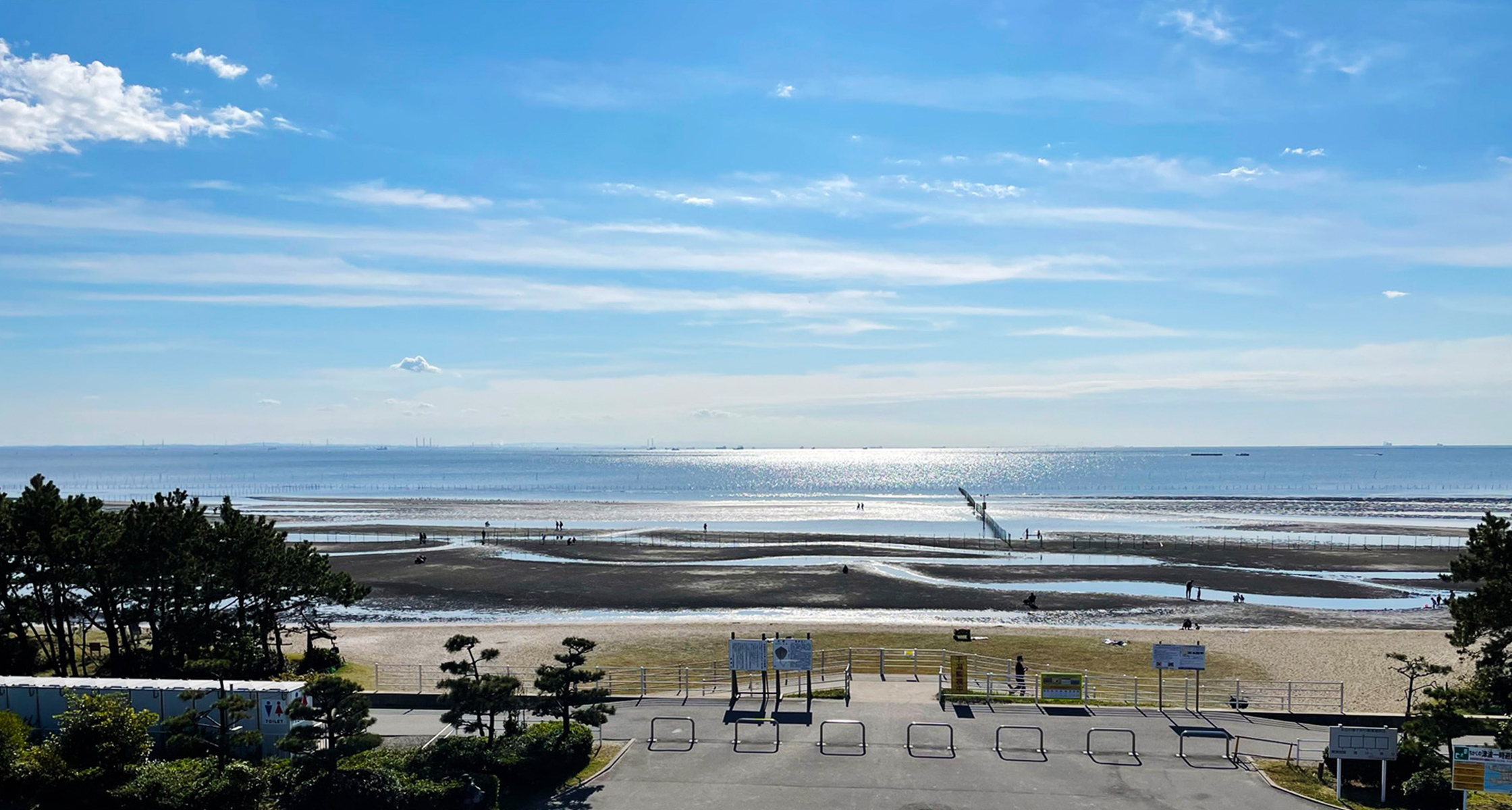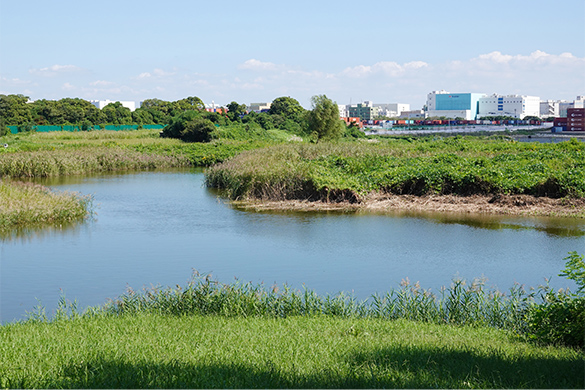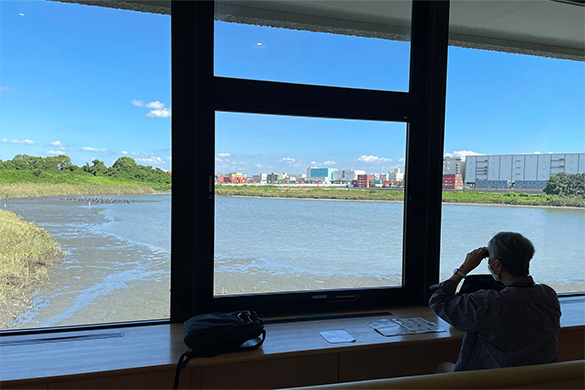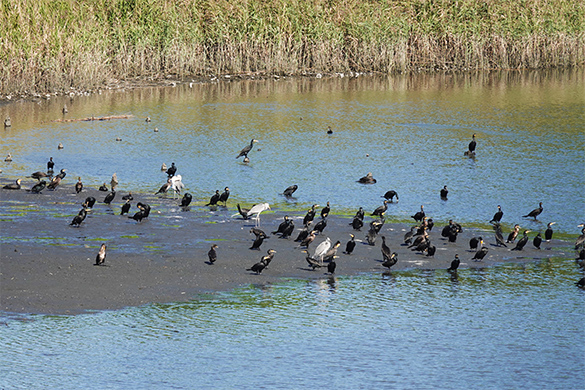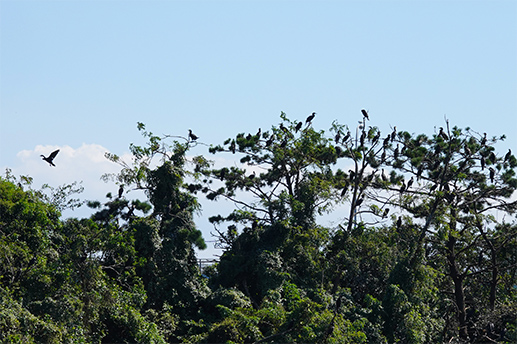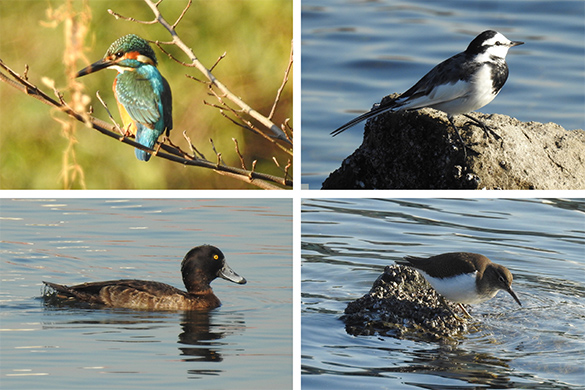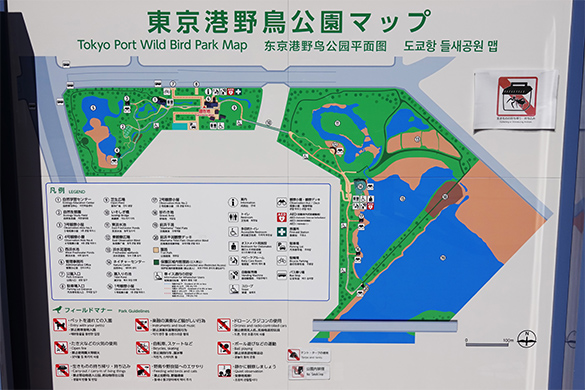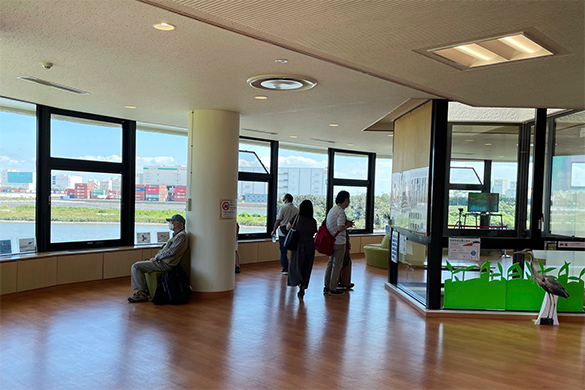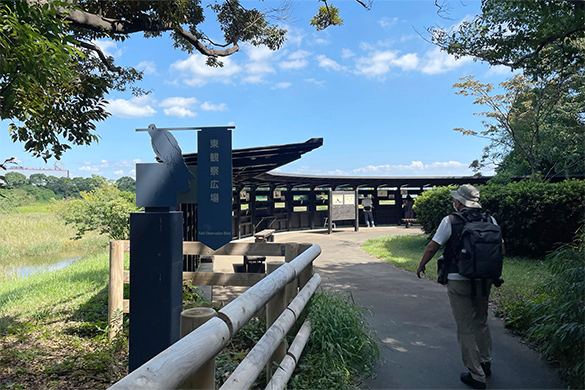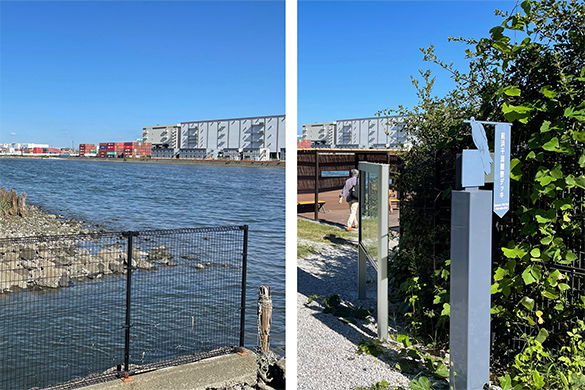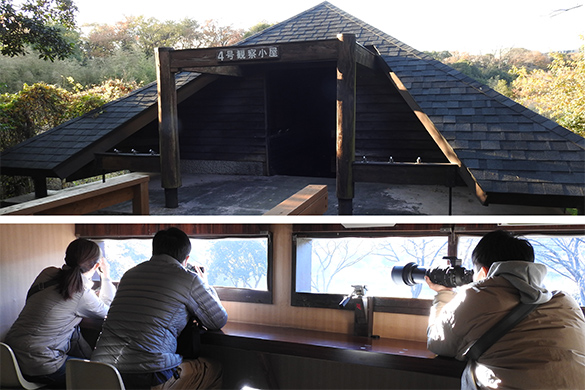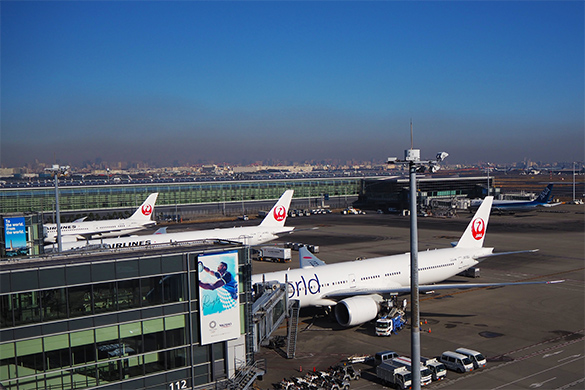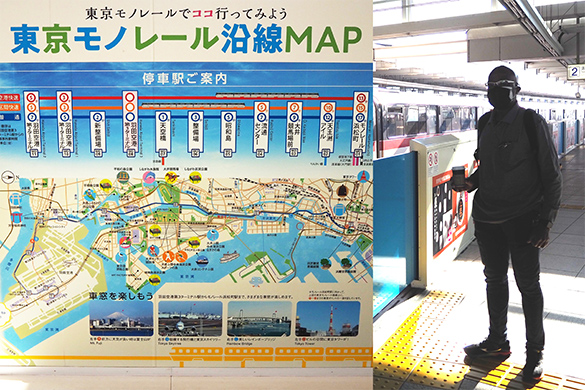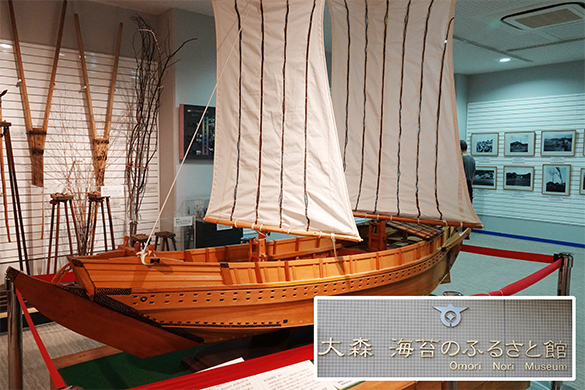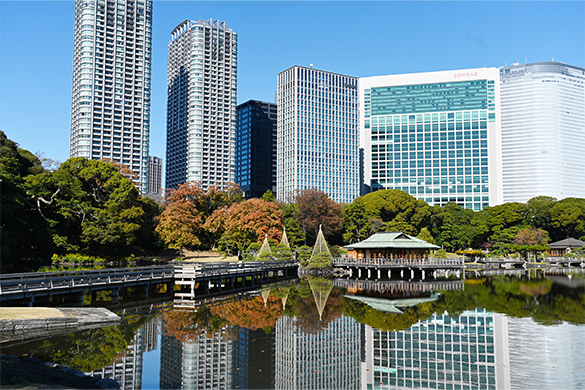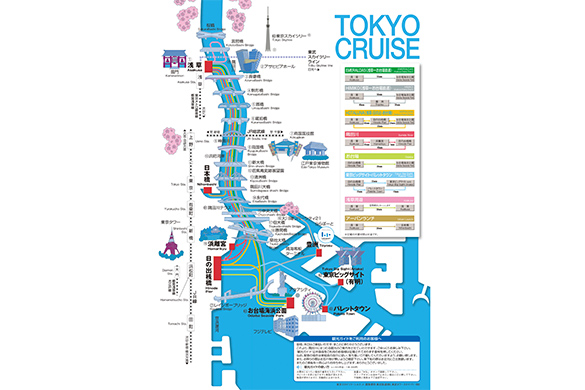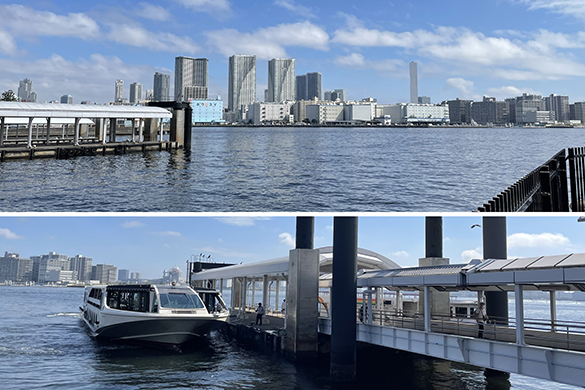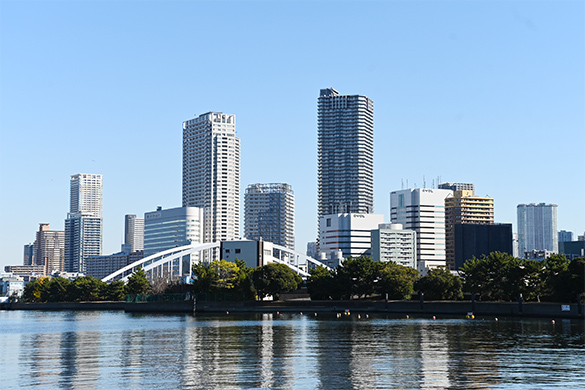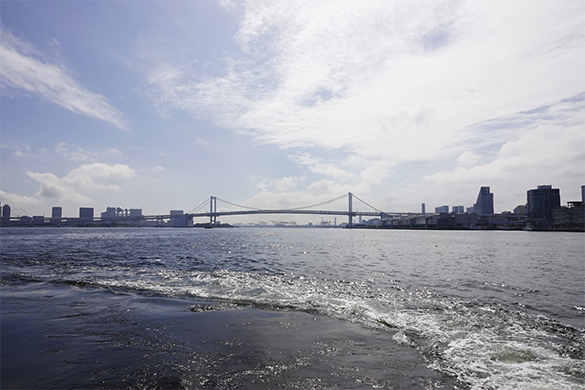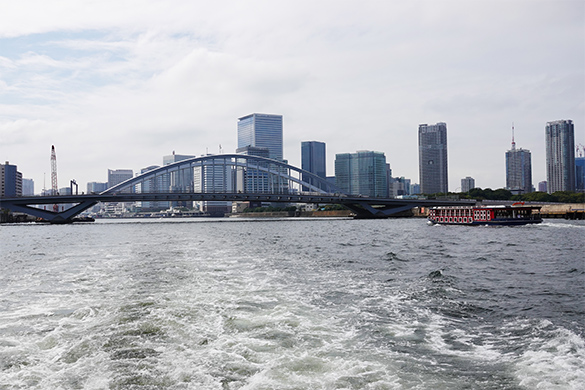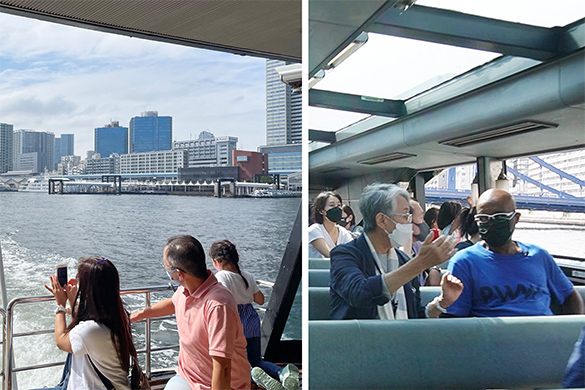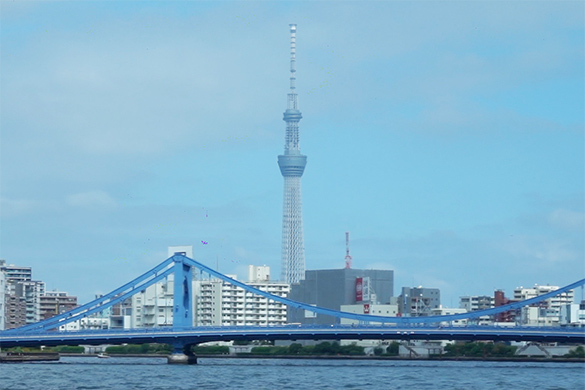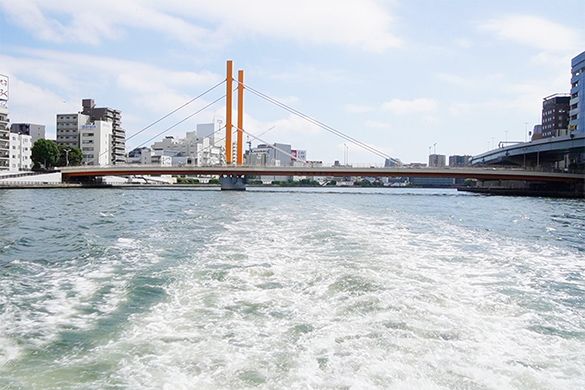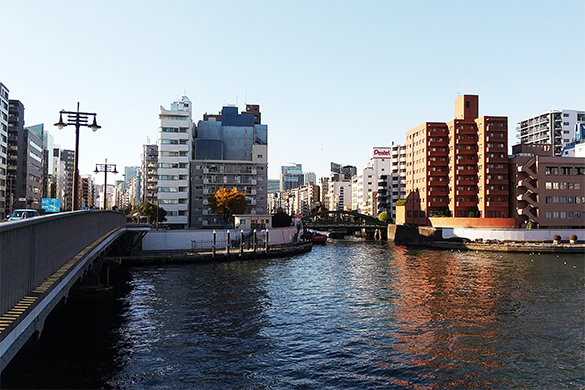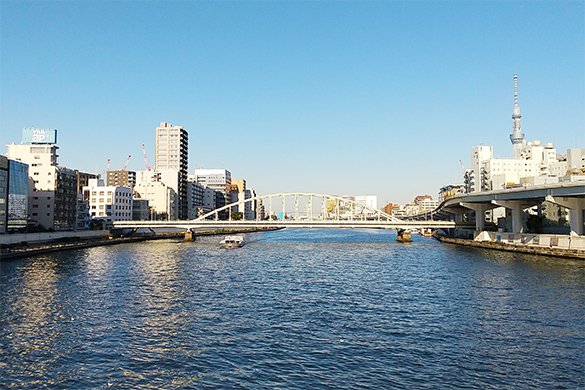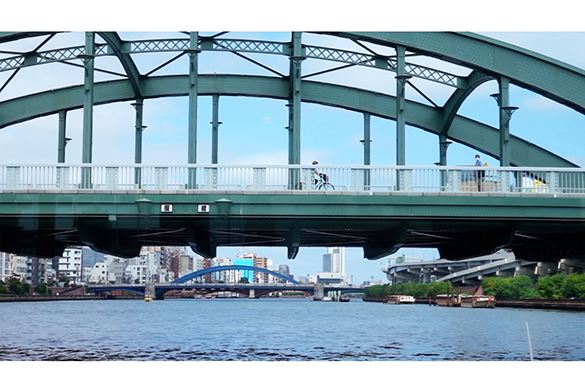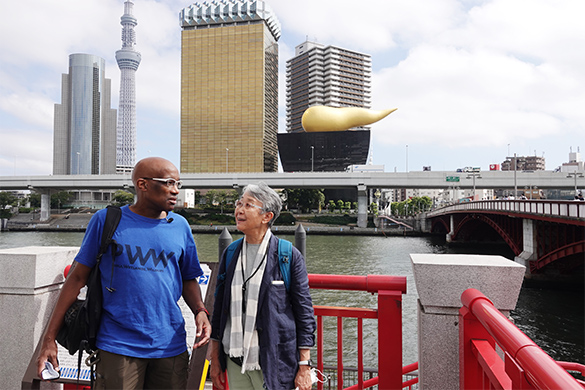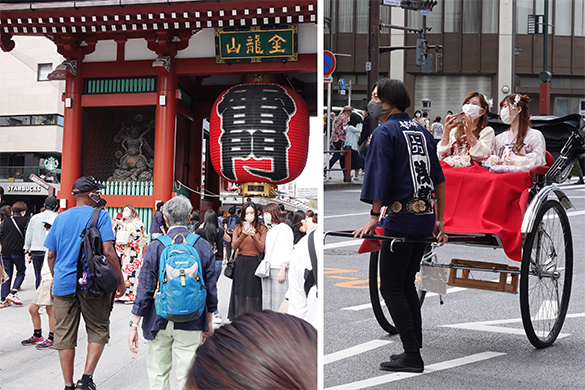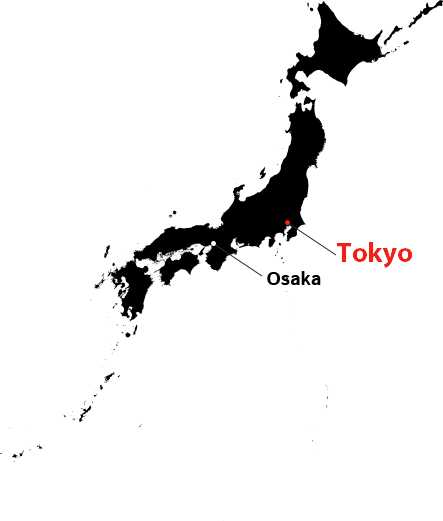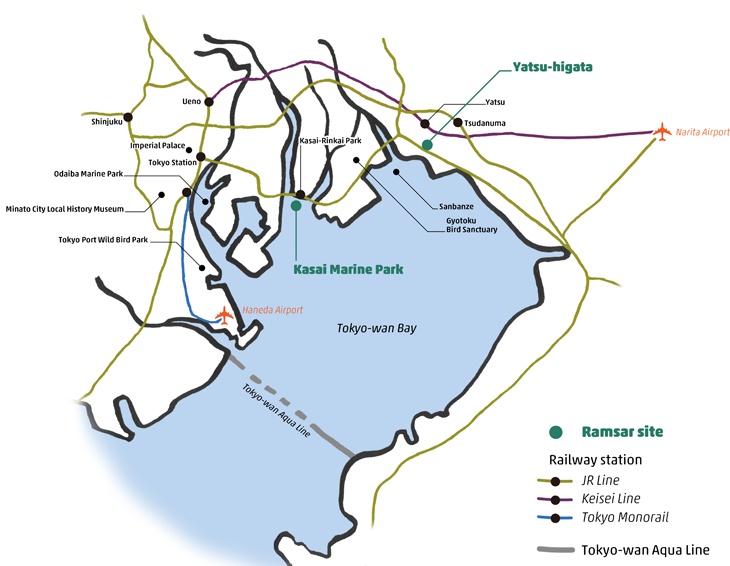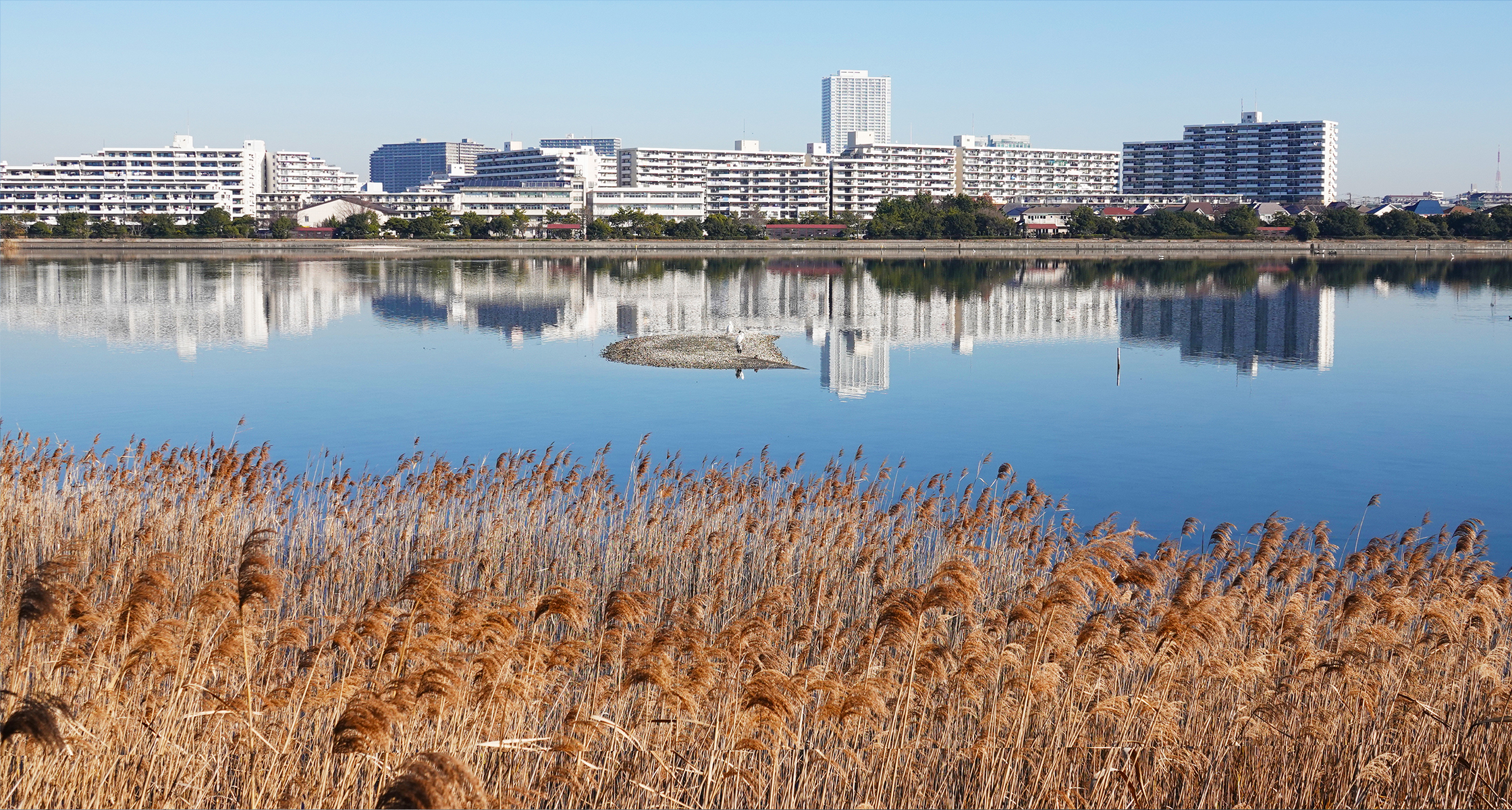Tokyo-wan bay Surroundings
Time Travel and ‘Waku Waku’: Sanbanze – Urayasu
Just across the Edogawa River from the Kasai Marine Park, the Shin-Urayasu Station is only a 22-minute train ride from Tokyo Station. While the Urayasu City area of Chiba Prefecture has no Ramsar sites, it is an important part of the Tokyo-wan Bay ecosystem. Therefore, rather than focusing on any particular wetland area, we decided to focus on the Urayasu area overall.
We conducted this trip as a cycling tour along with students from the study group of Professor Masayuki Takada of Hosei University. The tour began at seaside Sanbanze Natural Observation Center in Urayasu City, which highlights the wildlife and ecosystem of the Tokyo-wan Bay. We then cycled for 20 minutes to the Gyōtoku Wild Bird Observatory in Ichikawa City. We were allowed to enter an area that was closed to regular visitors at the time.
As we walked through the gate to enter the path running through the observatory, a Hosei University student said, “Waku Waku suru” (I am so excited!). At that moment I suddenly realized 2 things. The first was the difference between feeling young and actually being young! 😊 The second was that ecotourism is really about discovery. Inspired by her enthusiasm, I found myself wishing that we had more time to explore the densely wooded maze-like paths, but we had to move on to the next location.
Next, we took a 15-minute ride to the Urayasu Folk Museum, which replicates a fishing village in the Showa Period. The museum focuses on the intimate relationship of the people of Urayasu with the sea. I enjoyed the museum. However, to be honest, as fond as I am of the Showa Period (I came to Japan at the end of it…) the main attraction for me was the Museum’s famous <i>asari meshi</i> (Clam rice). It was as delicious as advertised, and I finished off lunch with a cone of soft serve ice cream.
After lunch we took a 5-minute ride to the preserved home of a fishing family from the end of the Edo Period. I was impressed by 2 things. First, the wax figures of the husband and wife were both sitting on the floor in the <i>seiza</i> position (kneeling position) on the hard wooden floors with no cushions (I wouldn’t have lasted 20 minutes…). Second, there was a ladder-type contraption set against the wall. When we asked our guide what it was, she explained that because flooding was so common in the Edo period, people who lived in fishing villages in the Urayasu area had to be prepared to flee to the attic at any time. She then showed us the small space in the attic for taking refuge.
We ended our tour with a short ride to Urayasu Station, where we left our rental bicycles. I am really grateful to the Hosei University students for both planning the route and guiding us along the way. I had virtually no knowledge of Chiba Prefecture before this trip. However, I left feeling that Chiba residents are warm people who have a strong connection to both their history and the sea.
James McGill
